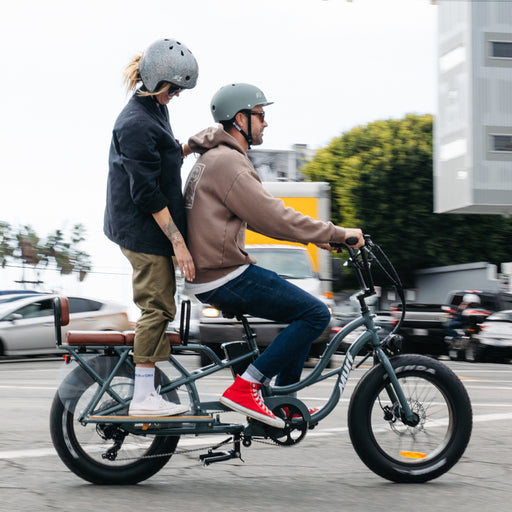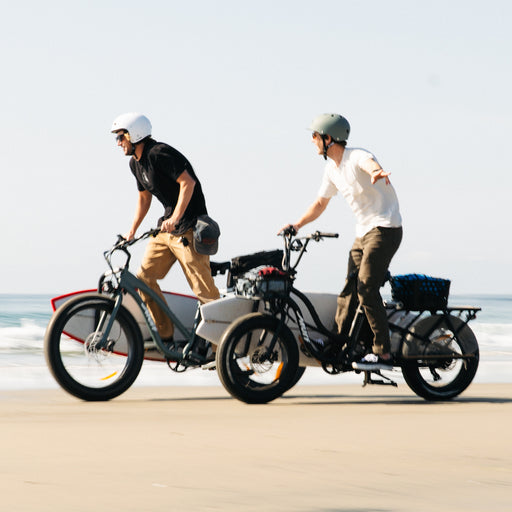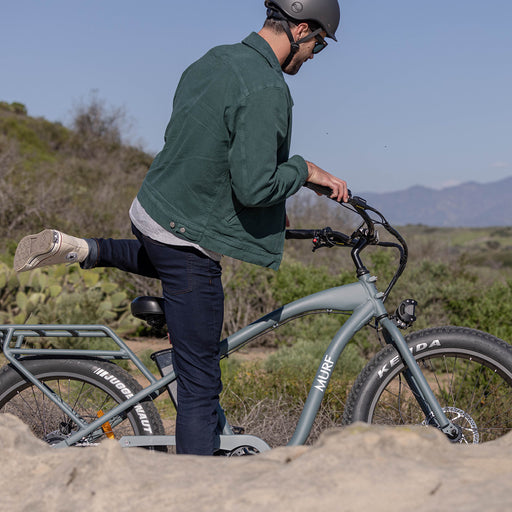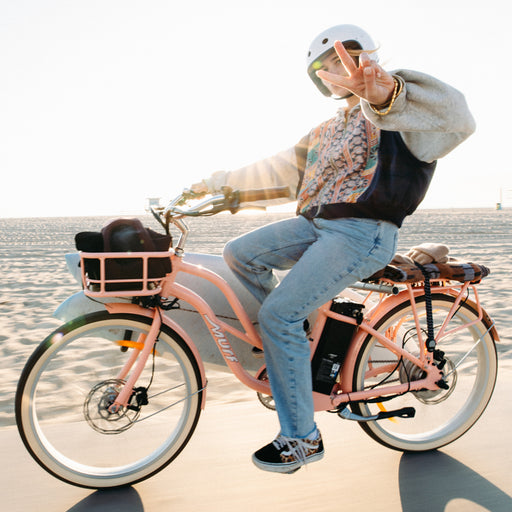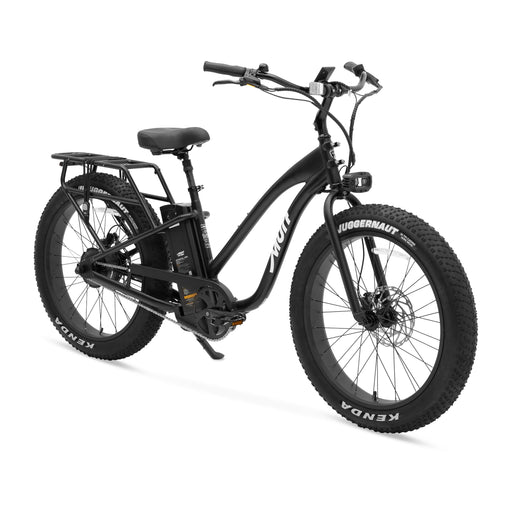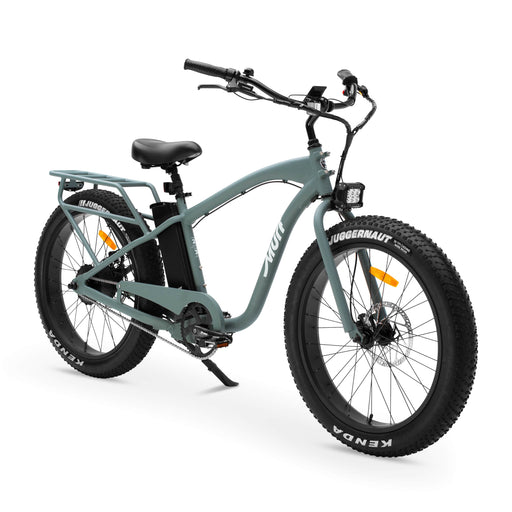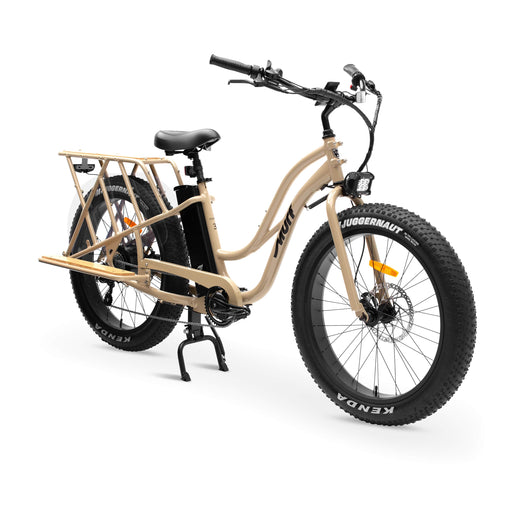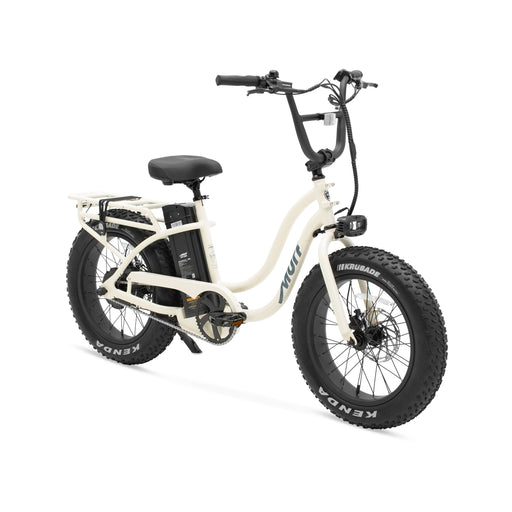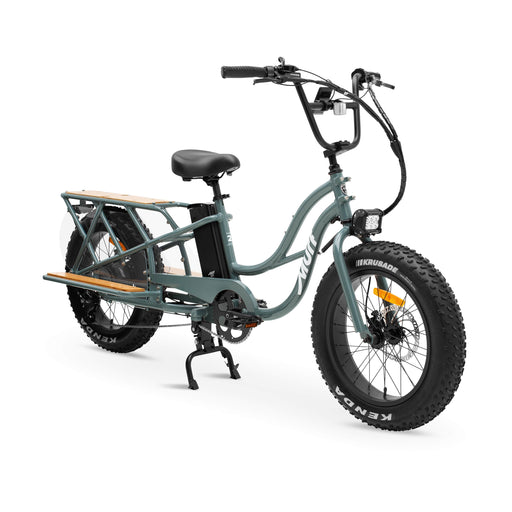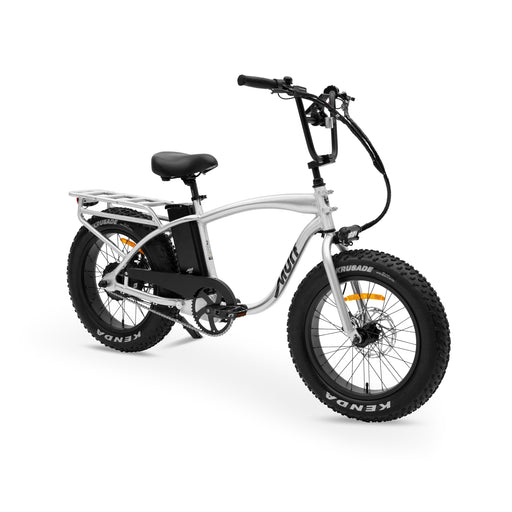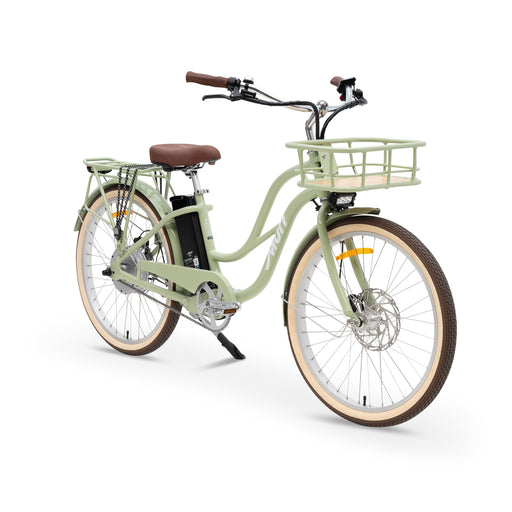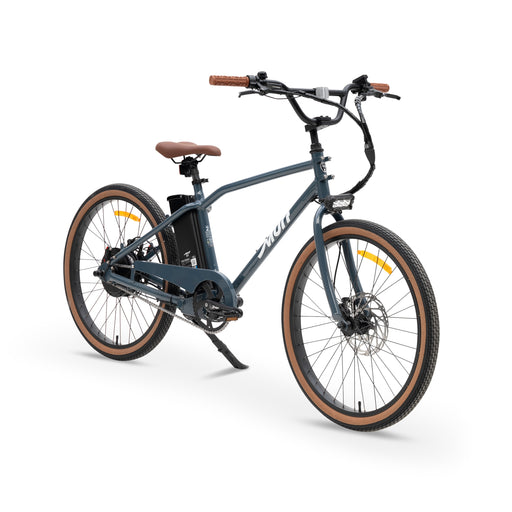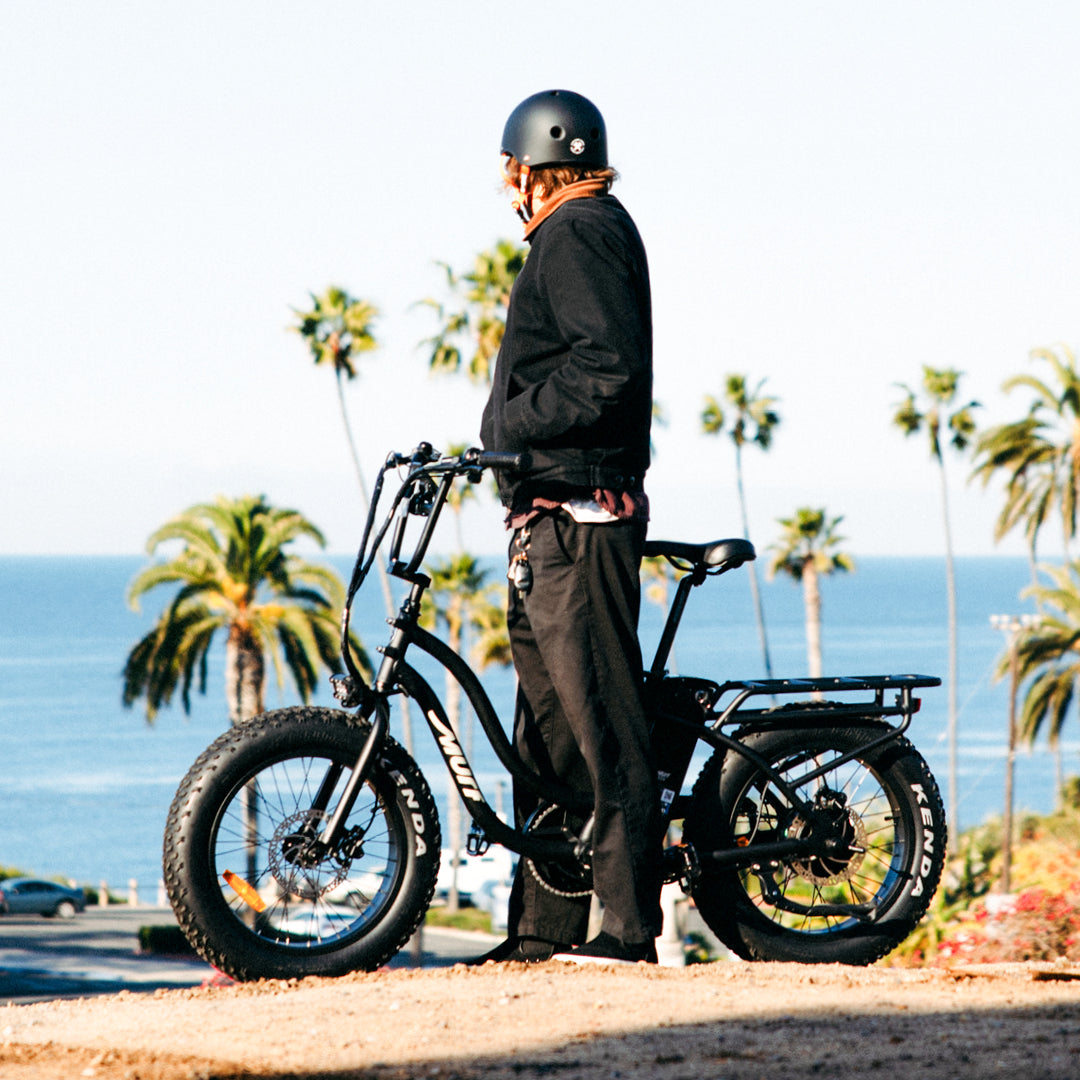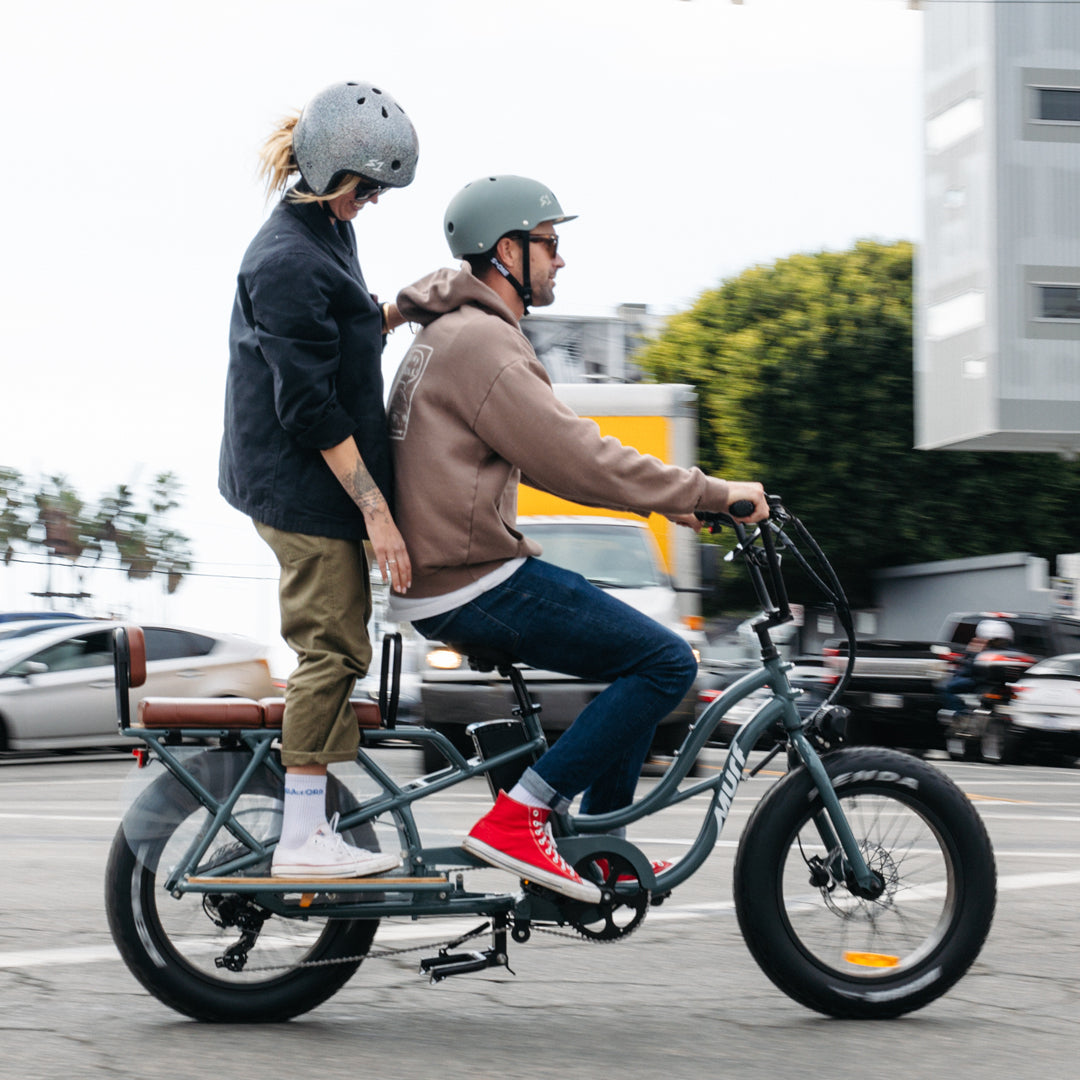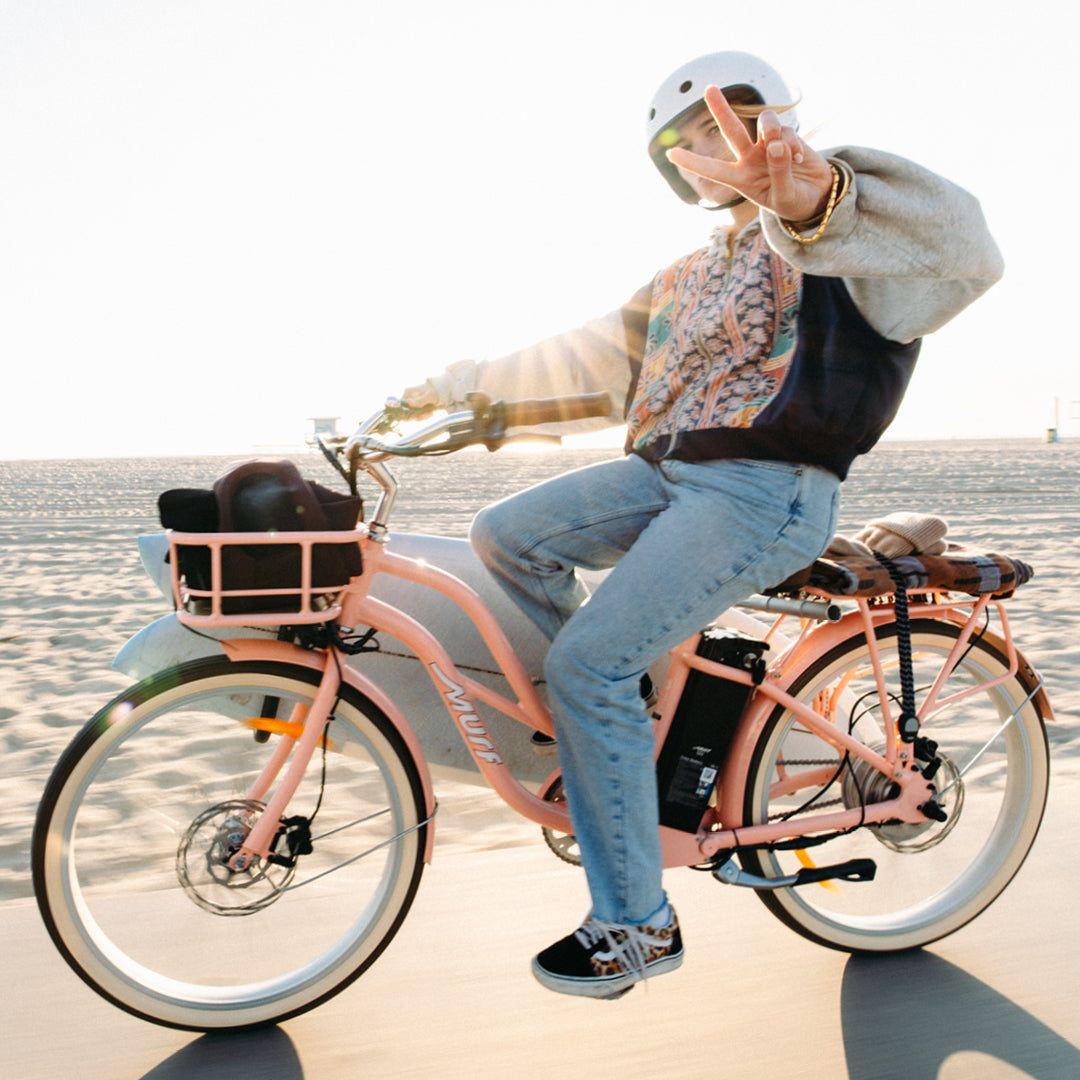Bike Culture History: The Beach Cruiser
Bike Culture History: The Beach Cruiser
The beach cruiser bicycle is an icon of the United States, associated with bright sunshine and a wonderful time. These bikes represent freedom and a carefree ride down an open road. But despite their reputation now, people once thought of bicycles as luxuries that not everyone could afford. They were fragile and expensive toys owned by the wealthy. The beach cruiser was originally designed to bring the joy of bicycling to everyone by being sturdy, easy to ride, and easily purchased. The story begins back in the 1930s, when the beach cruiser's predecessors were conceived by Schwinn.
The 1930s
During the Great Depression, bicycle purchasing was at a low. Despite the bicycle's historical presence, it was believed to be reserved mainly for upper-class Americans. But in 1934, Schwinn created the B-10E Motorbike. Though it had no motor, it took design elements from the motorcycles the company had produced in the 1920s. It had a heavy "cantilevered" frame complete with two top tubes and wide "balloon" tires originally designed in Germany. This meant it was much more sturdy and reliable than the bicycles before it.
But the design was not perfect, and later, the B-10E became the Aerocycle. While it had no technical improvements, Schwinn updated the design to include a streamlined frame, a big battery-powered headlight, and a faux gas tank. This would be the design that defined what a beach cruiser was: Even in today's modern beach cruisers, the design remains relatively unchanged.
The 1950s
While they were popular throughout the 1930s and 1940s, beach cruisers had incredible post-war success. The 1950s were a time of a unified vision: bright white fences, safe neighborhoods, and security that the country had not seen in the previous decades. With a trusty frame weight and wide tires, the beach cruiser was perfectly suited to the easy jaunt down a paved street that Americans wanted. It spoke to the upward movement of the postwar economy. Competing companies expanded upon its design, trying out things such as Donald Duck-themed quacking horns, "cowboy" frames that featured leather fringe and toy gun holsters, and even the Huffy Radiobike, which could provide a soundtrack to your ride.
The 1960s-70s
By the late 1950s and early 1960s, people's interest in bicycles shifted. Imported from Great Britain and Europe, the "English racer" and related roadster models were being seen more and more frequently out on the road. They were lighter, faster, and suited to climbing hills in a way that beach cruisers were not. Even Schwinn produced a roadster.
The roadster wasn't the only threat: Muscle and lowrider bikes were making their appearance, with the emerging motorcycle culture on the West Coast dictating their style. These bikes also paved the way for the BMX bike, which continued to take interest away from the beach cruiser.
Mostly considered obsolete in the late 1960s, the cruiser-style bike was still used due to its undeniable practicality and for recreational use at the beach. And in 1976, the beach cruiser got its name as well as a new surge of popularity, thanks to Larry McNeely, owner of Recycled Cycles in Newport Beach, California. McNeely updated the design of vintage bikes, trademarked the name "California Beach Cruiser," and marketed the first modern beach cruiser. Suddenly, decades-old secondhand bikes and their new counterparts were in high demand from surfers and beach bums looking for an easy way to get around the coast.
The beach cruiser, in turn, became the ancestor of the mountain bike. In the early 1970s, two clubs in Northern California took their bikes off-road into the canyons and ridges of Mount Tamalpais. These rides became a race known as Repack, named because it was so grueling that everyone involved had to repack the grease into their brakes after each run. A standard road bike couldn't stand up to the demands of riding on rocks and mud: The Repack racers needed something that could handle the trails they loved, so they customized the beach cruiser, stripping it down and juicing it up to create the mountain bike.
The 1980s-90s
The release of Pee-Wee's Big Adventure in 1985 heralded the beach cruiser's return to the hearts of Americans. It was also during this time that an interest in bicycle collecting began and communities dedicated to the pursuit formed. Once considered everyday products, antique beach cruisers were climbing in price as the interest in the balloon-tired, comfortably designed classics soared. In 1995, Schwinn released its 100th-anniversary beach cruiser model, the Black Phantom. Other brands quickly followed suit, and the beach cruiser was prevalent once again.
Cruiser Bikes Today
We see the beach cruiser everywhere today, from sandy coasts to quiet neighborhoods. Its design continues to see improvement as a labor of love. The spirit of the beach cruiser, that of comfort and easy riding, has been taken even further by the creation of e-bikes. A beach cruiser e-bike is the ultimate expression of the comfortable, easy-riding dream of the past while still providing the exercise people desire. The e-bike also addresses concerns of sustainability and affordability. The beach cruiser remains part of the two-wheeled culture of America, and as an e-bike, it's certain to stay for years to come.
Additional Resources
- Bicycle Technology
- Four Questions on the History of Bicycles
- Historical Bicycles
- Pedal Your Way to Health
- Active Commuting and Health Benefits
- E-Bikes as a "Green" Transportation Alternative
- A Handful of Eggs: E-Bike Energy Efficiency
- E-Bikes as Meaningful Exercise
- Active Transporation Through E-Bike Use
- E-Bike Regulations Guide
- Bicycle Safety
- Smart Cycling Tips
- Cycling Health and Safety





 info@murfelectricbikes.com
info@murfelectricbikes.com
 1-949-218-5920 (SC)
1-949-218-5920 (SC)
 Find Retail or Service
Find Retail or Service
